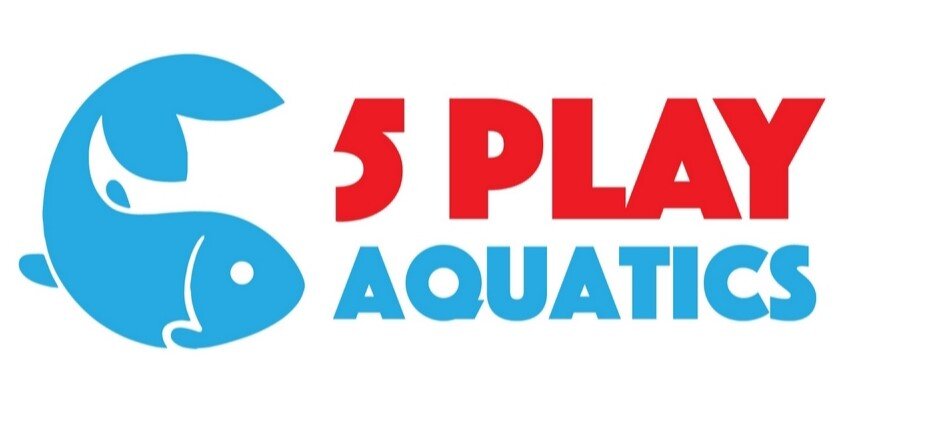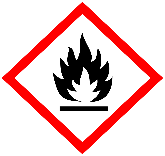
GOTTLEAK CHLORINATED RUBBER PAINTS
PRODUCT IDENTIFICATIOM
Product Name: GOTTLEAK CHLORINATED RUBBER PAINTS
Synonyms: UFI: MS00-E0W8-H00N-CANA
HAZARD IDENTIFICATION
Classification of the Substance or Mixture Classification Under CLP: Flam. Liq. 3: H226; Skin Irritation. 2: H315
Most Important Adverse Effects: Flammable liquid and vapour. Causes skin irritation.
Label elements Label elements
Hazard Statements:
H226: Flammable liquid and vapour.
H315: Causes skin irritation.
Hazard Pictograms
PRECAUTIONARY STATMENTS
P210: Keep away from heat, hot surfaces, sparks, open flames, and other ignition sources. No smoking.
P241: Use explosion-proof electrical/ventilating/lighting/... equipment.
P280: Wear protective gloves.
P302+P352: IF ON SKIN: Wash with plenty of water.
P303+P361+P353: IF ON SKIN (or hair): Take off immediately all contaminated clothing. Rinse skin with water.
P321: Specific treatment (see instructions on this label)
OTHER HAZARDS
Other Hazards: In use, may form flammable / explosive vapour-air mixture.
PBT: This product is not identified as a PBT/vPvB substance.
Composition/information on ingredients
Hazardous Ingredients:
XYLENE - REACH registered number(s): 01-2119488216-32-XXXX
EINECS - 215-535-7
CAS - 1330-20-7
CLP Classification - Flam. Liq. 3: H226; Acute Tox. 4: H332; Acute Tox. 4: H312; Skin Irrit. 2: H315
Percent - 10-30%
FIRST AID MEASURES
Description of First Aid Measures
Skin Contact: Remove all contaminated clothes and footwear immediately unless stuck to skin. Wash immediately with plenty of soap and water.
Eye Contact: Bathe the eye with running water for 15 minutes. Consult a doctor.
Ingestion: Wash out mouth with water. Consult a doctor.
Inhalation: Remove casualty from exposure ensuring one's own safety whilst doing so. Consult a doctor.
Most Important Symptoms and Effects, Both Acute and Delayed
Skin Contact: There may be irritation and redness at the site of contact.
Eye Contact: There may be irritation and redness. The eyes may water profusely.
Ingestion: There may be soreness and redness of the mouth and throat.
Inhalation: There may be irritation of the throat with a feeling of tightness in the chest. Exposure may cause coughing or wheezing.
Delayed / Immediate Effects: Immediate effects can be expected after short-term exposure.
Immediate / Special Treatment: Eye bathing equipment should be available on the premises.
FIRE-FIGHTING MEASURES
Extinguishing Media: Alcohol resistant foam. Water spray. Carbon dioxide. Dry chemical powder. Use water spray to cool containers.
Exposure Hazards: Flammable. In combustion emits toxic fumes. Forms explosive air-vapour mixture.
Advice for Fire-Fighters: Wear self-contained breathing apparatus. Wear protective clothing to prevent contact with skin and eyes.
ACCIDENTAL RELEASE MEASURES
Personal Precautions: If outside do not approach from downwind. If outside keep bystanders upwind and away from danger point. Mark out the contaminated area with signs and prevent access to unauthorised personnel. Turn leaking containers leak-side up to prevent the escape of liquid. Eliminate all sources of ignition.
Environmental Precautions: Do not discharge into drains or rivers. Contain the spillage using bunding.
Clean-Up Procedures: Absorb into dry earth or sand. Transfer to a closable, labelled salvage container for disposal by an appropriate method. Do not use equipment in clean-up procedure which may produce sparks.
HANDLING AND STORAGE
Handling Requirements: Avoid direct contact with the substance. Ensure there is sufficient ventilation of the area. Do not handle in a confined space. Avoid the formation or spread of mists in the air. Smoking is forbidden. Use non-sparking tools.
Storage Conditions: Store in a cool, well ventilated area. Keep container tightly closed. Keep away from sources of ignition. Prevent the build up of electrostatic charge in the immediate area. Ensure lighting and electrical equipment are not a source of ignition.
Suitable Packaging: Must only be kept in original packaging.
EXPOSURE CONTROLS/PERSONAL PROTECTION
Hazardous Ingredients: XYLENE
Exposure Controls
Engineering Measures: Ensure there is sufficient ventilation of the area. Ensure lighting and electrical equipment are not a source of ignition.
Respiratory Protection: Self-contained breathing apparatus must be available in case of emergency.
Hand Protection: Protective gloves.
Eye Protection: Safety glasses. Ensure eye bath is to hand.
Skin Protection: Protective clothing.
PHYSICAL AND CHEMICAL PROPERTIES
State: Liquid
Odour: Characteristic odour
Oxidising: Non-oxidising (by EC criteria)
Solubility in Water: Insoluble
Viscosity: Viscous
Kinematic Viscosity: 4-6poise
Boiling Point/Range°C: 137-143
Flash Point°C: 29
Autoflammability°C: 6.72nmgh
STABILITY AND REACTIVITY
Reactivity: Stable under recommended transport or storage conditions.
Chemical Stability: Stable under normal conditions. Stable at room temperature
Hazardous Reactions: Hazardous reactions will not occur under normal transport or storage conditions. Decomposition may occur on exposure to conditions or materials listed below.
Conditions to Avoid: Heat. Hot surfaces. Sources of ignition. Flames.
Materials to Avoid: Strong oxidising agents. Strong acids.
Haz. Decomp. Products: In combustion emits toxic fumes.
TOXICOLOGICAL INFORMATION
Hazardous Ingredients: XYLENE
ORL – MUS - LD50 - 2119 mg/kg
ORL - RAT - LD50 - 4300 mg/kg
SCU – RAT - LD50 - 1700 mg/kg
Relevant Hazards for Product:
Hazard - Skin corrosion/irritation
Route - DRM
Basis - Hazardous: calculated
Symptoms / Routes of Exposure:
Skin Contact: There may be irritation and redness at the site of contact.
Eye Contact: There may be irritation and redness. The eyes may water profusely.
Ingestion: There may be soreness and redness of the mouth and throat.
Inhalation: There may be irritation of the throat with a feeling of tightness in the chest. Exposure may cause coughing or wheezing.
Delayed / Immediate Effects: Immediate effects can be expected after short-term exposure.
ECOLOGICAL INFORMATION
Toxicity Ecotoxicity Values: No data available.
Persistence and Degradability: Biodegradable.
Bioaccumulative Potential: No bioaccumulation potential.
Mobility in Soil: Readily absorbed into soil.
PBT Identification: This product is not identified as a PBT/vPvB substance.
Other Adverse Effects: Negligible ecotoxicity.
DISPOSAL CONSIDERATIONS
Waste Treatment Methods Disposal Operations: Transfer to a suitable container and arrange for collection by specialised disposal company.
Disposal of Packaging: Dispose of as normal industrial waste. NB: The user's attention is drawn to the possible existence of regional or national regulations regarding disposal.
TRANSPORT INFORMATION
UN Number UN Number: UN1263 14.2. UN proper shipping name
Shipping Name: PAINT
Transport Hazard Class: 3
Packing Group: III
Environmentally Hazardous: No
Marine Pollutant: No
Special Precautions: No special precautions
Tunnel Code: D/E
Transport Category: 3
REGULATORY INFORMATION
Specific Regulations: Not applicable.
Chemical Safety Assessment: A chemical safety assessment has not been carried out for the substance or the mixture by the supplier.
OTHER INFORMATION
Other Information:
This safety data sheet is prepared in accordance with Commission Regulation (EU) No 2015/830. * indicates text in the SDS which has changed since the last revision.
Phrases Used in s.2 and s.3:
H226: Flammable liquid and vapour.
H312: Harmful in contact with skin.
H315: Causes skin irritation.
H332: Harmful if inhaled.
Legal Disclaimer: The above information is believed to be correct but does not purport to be all inclusive and shall be used only as a guide. This company shall not be held liable for any damage resulting from handling or from contact with the above product.



